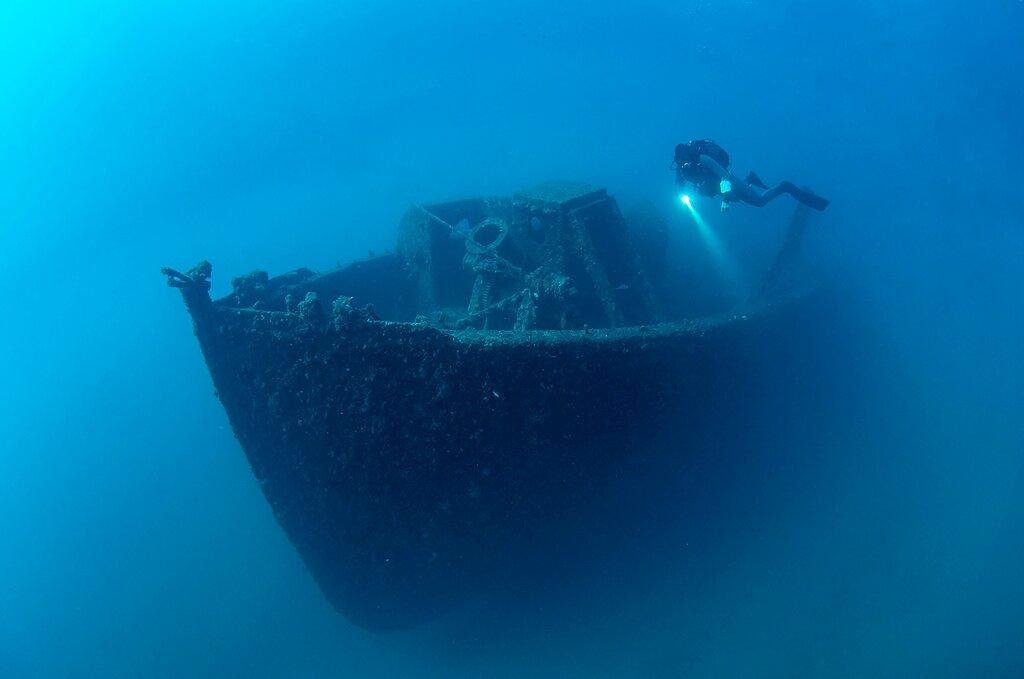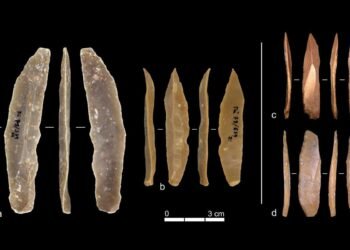Tourists and history enthusiasts now have a unique opportunity to explore a submerged time capsule off the coast of Turkey.

The Gallipoli Historic Underwater Park, opened this month near the Turkish seaport of Canakkale, offers visitors the chance to dive into the hulks of British and French warships that met their watery grave during World War I’s Gallipoli Campaign in 1915.
The underwater park, featuring 14 warship wrecks, has been transformed into a “museum under the sea,” offering an immersive experience that takes visitors back to 1915 and the chaos of World War I. The Gallipoli Campaign, a deadly victory for the Central Powers, holds historical significance, especially for modern-day Turkey, where the Ottoman victory played a pivotal role in shaping the nation.
Divers can explore these sunken relics, which include the massive HMS Majestic, a 421-foot British battleship torpedoed by a German U-boat on May 27, 1915. Some of these vessels lie in relatively shallow waters of less than 25 feet, while others rest deeper at depths ranging from 60 to 100 feet. The most profound plunge awaits those who wish to explore the 230-foot-deep resting place of the HMS Triumph.
Savas Karakas, a diver and documentary maker, describes this underwater adventure as a “time machine” that offers a glimpse into a pivotal chapter of history. “It’s a good opportunity for us to remember our past,” says professional underwater photographer Ethem Keskin, who emphasizes the emotional and historical value of these wrecks.
Divers have the chance to witness these sunken ships as they were 106 years ago, providing a secondhand experience of wartime chaos.
The Gallipoli Campaign began in April 1915 when British and French forces attempted to secure the Dardanelles Strait. The ultimate goal was to capture Constantinople (now Istanbul) and open a supply route to Russia. However, the operation resulted in heavy casualties on both sides and ultimately ended in abandonment by the Allies in January 1916. This marked a significant setback for Winston Churchill, who was then the First Lord of the Admiralty but would later return to politics, leading Great Britain to victory in World War II as prime minister.
Gallipoli is remembered with pride in modern Turkey as a turning point, heralding the fall of the Ottoman Empire and the birth of the Republic of Turkey. For some divers, this history is deeply personal. According to Reuters, Savas Karakas, whose name means “war” in Turkish, found a connection to his own family history as he explored the rusted remnants of these ships. His grandfather, a Gallipoli veteran, had hands disfigured and burned during the battle, which had always frightened Karakas as a child. However, as he explored the shipwrecks, he felt like he was holding his grandfather’s hand.
The underwater park opens up a rich historical experience and adds Gallipoli to the list of global dive destinations where divers can explore wrecks that hold a special place in history. Other such destinations include Chuuk Lagoon in Papua New Guinea, famous for its World War II wrecks, and Bikini Atoll in the Marshall Islands, which bears the scars of US nuclear testing in the 1940s and 50s. Now, Gallipoli joins these ranks, attracting divers from around the world interested in connecting with past events that significantly shaped the course of history.
The decision to open this area to divers was made in 2017, led by Ismail Kasdemir, who heads the Canakkale Historical Site. Plans to turn these shipwrecks into an underwater park began in 2017, following the centennial of the Gallipoli Campaign in 2015-16. This initiative took a step back due to the COVID-19 pandemic but has finally become a reality in 2023, coinciding with Turkey’s centenary celebrations.






















